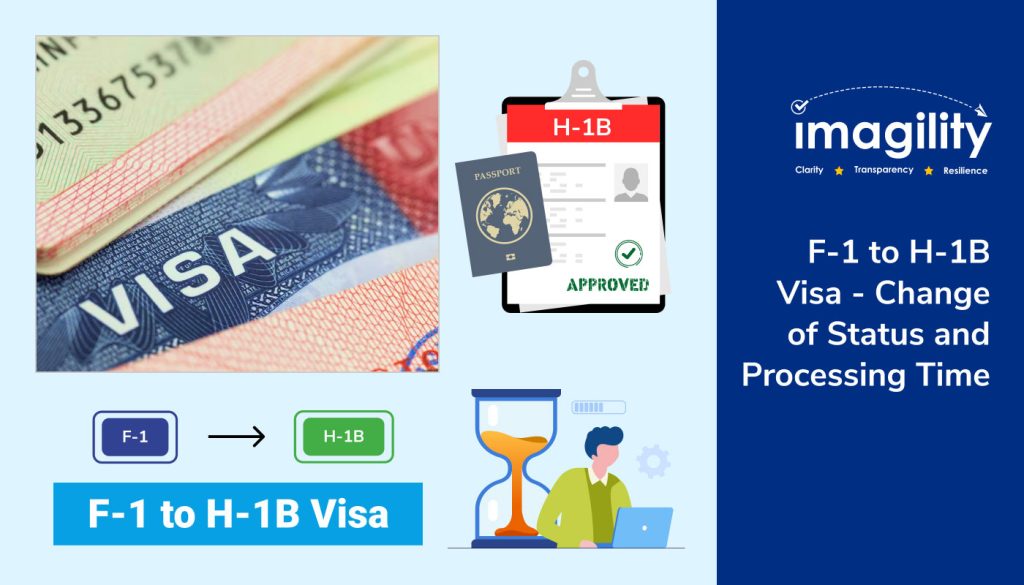For many international students studying in the United States, the dream is to transition from an F-1 student visa status to an H-1B work visa. This way, they will be able to work in the US and also extend their stay in the country. However, this process is not as simple as it sounds and it is crucial to understand the process and key steps involved to successfully switch from an F-1 visa to an H-1B visa. Let’s delve into the journey from F-1 to H-1B and uncover the key steps, processing times, and the costs involved.
Key Steps in the Process
Securing a job offer and finding a US employer who is willing to sponsor your H-1B visa is the first crucial step in the process. You must work with the employer and potentially an immigration attorney to gather and assemble all required documentation. This includes your F-1 visa documents, proof of enrollment, and your employer’s petition.
Followed by that, your employer must file an H-1B petition with the USCIS. Once a petition is filed, USCIS will review it and issue a decision. You might receive requests for additional supporting documentation and also be required to appear for interviews. If things go well and if the H-1B petition is approved, you can change your status from F-1 to H-1B through an adjustment of status process.
Eligibility Requirements
To be eligible for an H-1B visa and to change your status, you will need to meet the following criteria.
- Hold a valid F-1 visa.
- Be currently attending a recognized educational institution in the US and actively working towards completing the degree program.
- Hold a valid job offer from a US employer in a specialty occupation.
- The employer must prove that they have made a genuine effort to recruit US workers for the position. They must also establish that hiring you will not negatively impact US worker wages and working conditions.
F-1 to H-1B – Processing Time
Several factors impact the processing time for an F-1 to H-1B change of status application.
- The current USCIS workload is one of the factors that affects processing times. Processing times can fluctuate based on the volume of applications the USCIS receives.
- Certain applications that require additional evidence or face potential eligibility questions may take longer to process.
- You can opt for premium processing. This guarantees a response from USCIS within 15 calendar days for an additional fee.
The current estimates from USCIS suggest that F-1 to H-1B change of status processing times can range between 6 months to 1 year.
Cost to Transition From an F-1 Visa to H-1B Visa
Switching from an F-1 visa to an H-1B visa involves various government filing fees.
- H-1B filing fee: Paid by your employer to USCIS, currently at $460.
- Legal fees: Consulting with an immigration attorney is highly recommended for guidance throughout the process. Fees vary based on the attorney’s experience and location, but estimates typically range from $2,000 to $5,000. This is not mandatory, but beneficiaries who need legal assistance can get in touch with an attorney and pay the required fees.
- Biometric fee: Required for fingerprinting and background checks, currently at $85. This has to be paid by the beneficiary.
- Fraud prevention and detection fee: A mandatory fee for all employment-based petitions, currently at $535, which is paid by the sponsoring employer.
- Premium processing fee (optional): Expedited decision within 15 days, currently at $2,500. This fee must be paid by the employer who requests premium processing.
Conclusion
Transitioning from an F-1 visa to an H-1B visa demands meticulous preparation, understanding visa regulations, and ensuring compliance. Navigating this transition successfully not only extends one’s stay in the U.S. but also opens avenues for professional growth and contribution to the American workforce.
Helpful Resources
Exploring F-1 Employment Options: How to Begin Working in the US
H-1B Visa Lottery App









